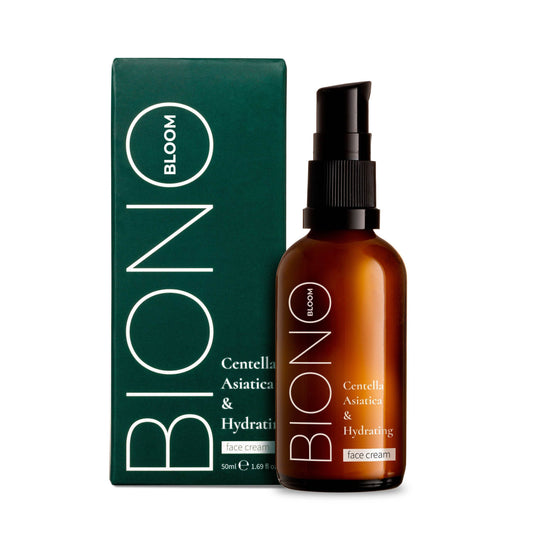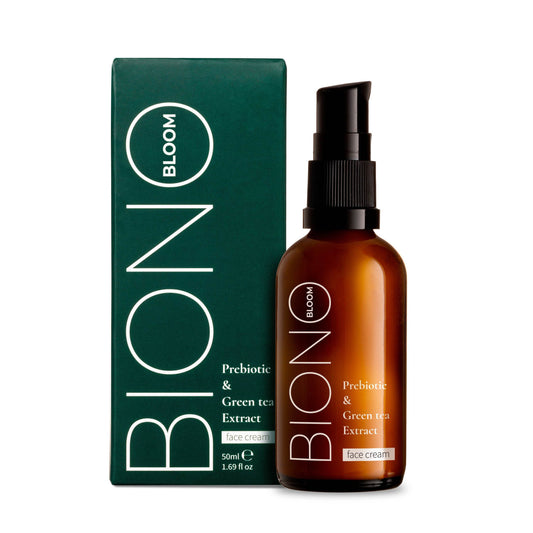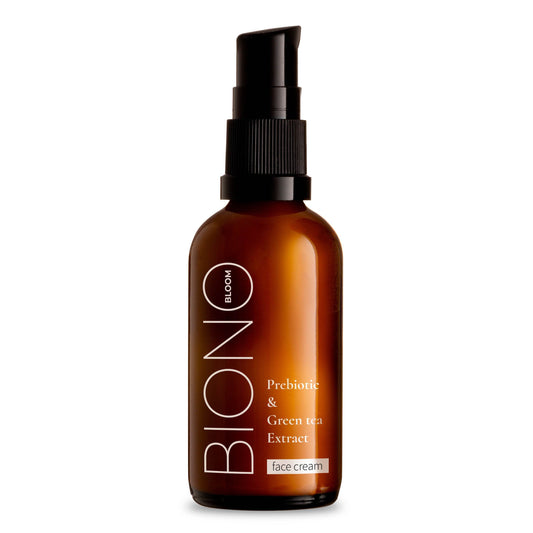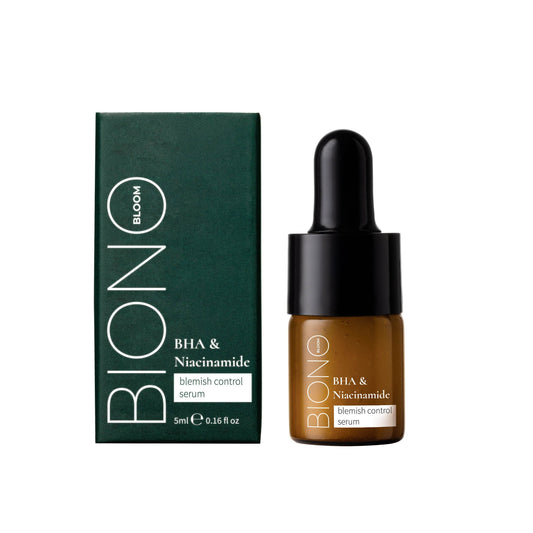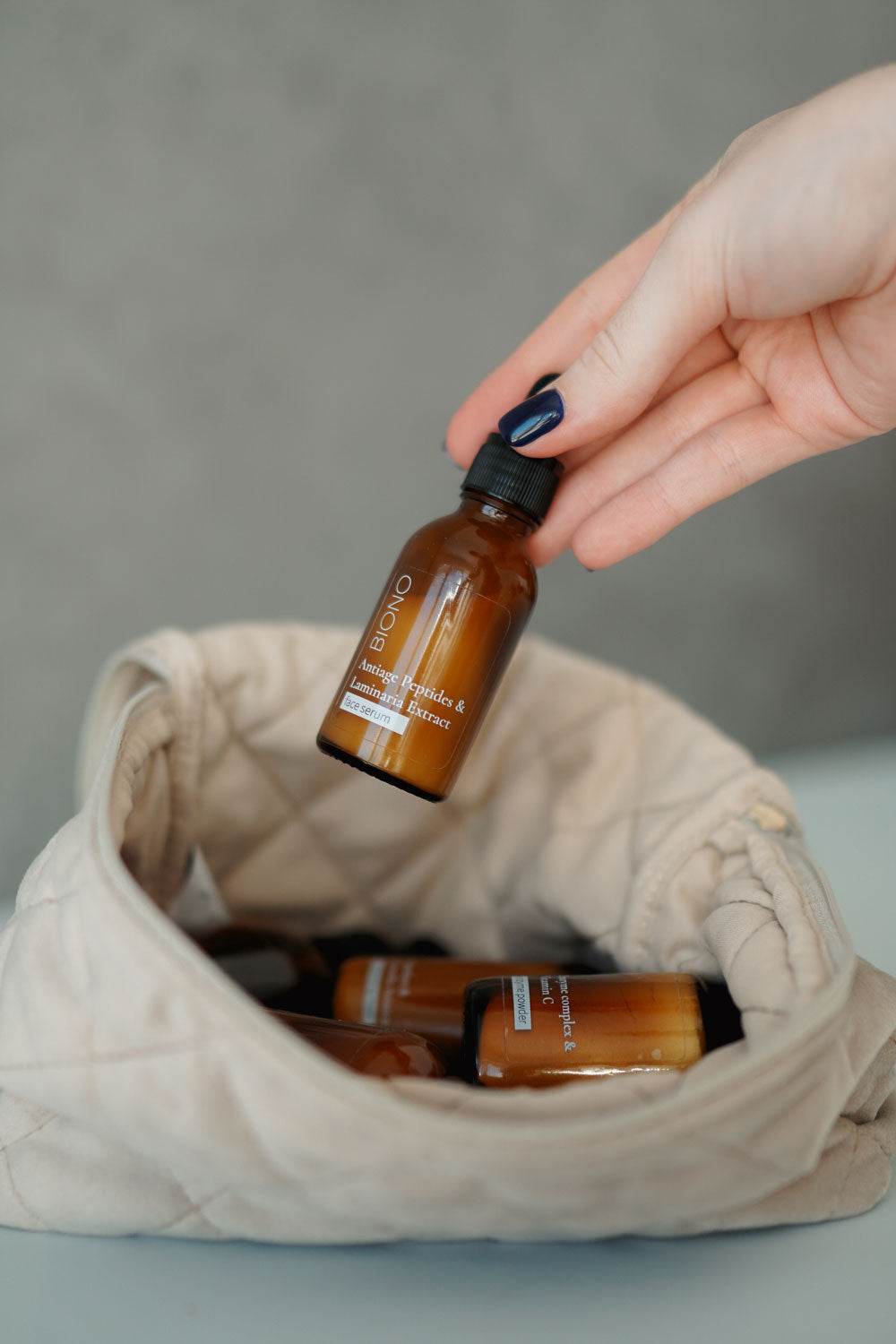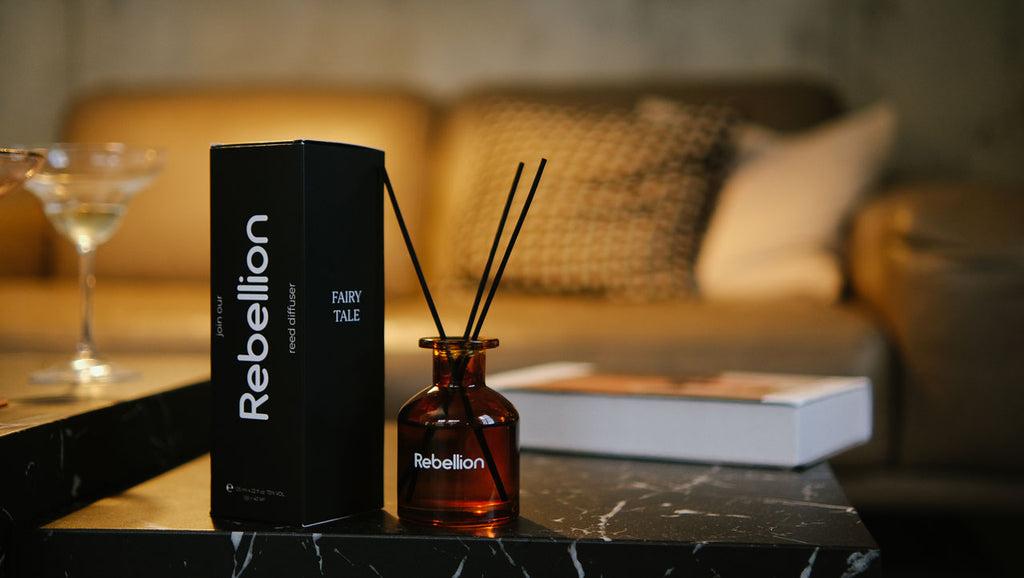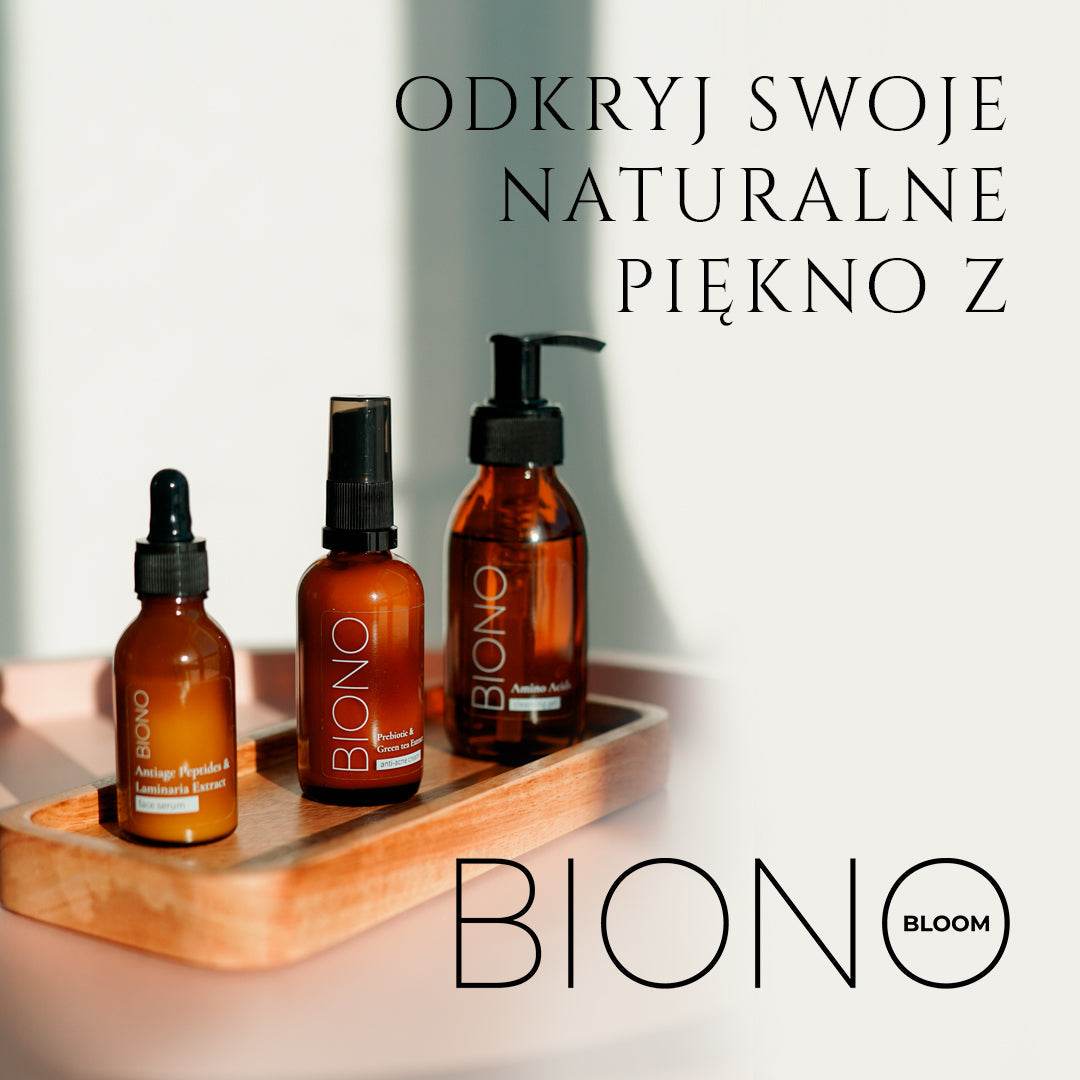
Facial Skin Redness: Why It Appears and How to Deal with It
Share
We all want to see an even, healthy complexion in the mirror. However, sometimes facial skin redness appears, which spoils the appearance and mood. For some, it is a temporary reaction to frost, for others - a symptom of sensitive skin, and sometimes it is a signal that the body needs attention. It is especially unpleasant when there is a sharp reddening of the face - without visible causes and at the most inconvenient moment.
Why does facial skin redness occur: the main causes
Redness can be a reaction of the skin to external factors: cold, wind, sudden changes in temperature. It can also be caused by spicy foods, alcohol, hot drinks or stress. In such cases, blood vessels dilate, which leads to the characteristic blush.
Another common cause is sensitive or reactive skin. It reacts immediately to cosmetics with aggressive ingredients, hard water or even fabrics that come into contact with the face. In such cases, redness is not just a temporary effect, but a chronic reaction that requires a comprehensive approach.
Severe facial redness can also be a symptom of conditions such as rosacea, couperose or allergic reactions. In such cases, it is important not only to take proper care of the skin, but also to consult a dermatologist to determine the exact cause and rule out more serious problems.

Severe facial redness: what can it mean?
When the skin suddenly and intensely reddens, it may not be just a cosmetic defect, but a symptom of blood vessel regulation disorders. In stressful situations or with hormonal disorders, the body may react in this way, which is manifested on the face.
Sharp redness often occurs in people with a hypersensitive nervous system. They can "flare" during emotional tension, shame, or nervousness. Although this is not dangerous, it can be psychologically disturbing - especially in social situations.
In addition, facial redness is sometimes a reaction to a new skincare product. If it appears immediately after applying it, it is a signal to stop using it and analyze the composition: it may contain alcohol, acids or fragrances that are not suitable for your skin.
What to do when your facial skin turns red
First of all, don't panic. If your facial skin has suddenly reddened, think about what could have caused it. Did you drink coffee or red wine? Did you go from cold to warm? Did you use a new cream? Identifying the trigger is the first step to solving the problem.
Second step – calm your skin. Wash your face with cool (not icy!) water, apply aloe vera gel, thermal water or a soothing mask. Avoid active ingredients at this point – acids, peels, retinoids. Your goal is to soothe irritation and let your skin “breathe”.
However, if redness appears regularly, it is worth paying attention to your daily care: avoid products with potentially irritating ingredients, choose soothing cosmetics for sensitive skin and create a routine in which the face receives more protection than stress.
How to care for redness-prone skin
Start with the basics: gentle cleansing, moisturising, protection. The cleanser should be SLS and alcohol-free. Toners – fragrance-free and acid-free. Cream – with ingredients such as panthenol, aloe, ceramides or niacinamide in low concentration.
Avoid aggressive peelings, deep massage, cosmetics with a lot of essential oils. Instead, choose skin-soothing masks, sheet masks with centella, creams with SPF even on cloudy days.
Another tip – thermal water. You can store it in the fridge and spray your face in the morning or after washing. It helps to soothe slight redness, refresh and reduce irritation.
Where to buy cosmetics for facial redness
When the skin often reacts with redness, it is important to have reliable products on hand that quickly soothe and support the barrier function of the epidermis. In such cases, it is not worth experimenting - it is better to immediately reach for cosmetics for sensitive or reactive skin, specially designed to reduce irritation and strengthen blood vessels.
They can be purchased in specialist online stores, pharmacies or on the websites of official distributors of cosmetic brands. Choose products with panthenol, centella, allantoin, azulene or niacinamide – they help reduce redness, increase skin resistance and improve its reactivity.
Make sure that the composition is free from alcohol, fragrances and essential oils – these ingredients can intensify the reaction. It is good if the brand has certificates for dermatological use, and the products themselves are tested on sensitive skin. This approach is daily support and prevention of severe facial redness in the future.
Redness Serum: Targeted Care for Sensitive Skin
In the care of skin prone to redness, it is important not only to soothe it after irritation, but also to support the barrier function and reduce sensitivity on a daily basis. This is where serum comes to the fore – a concentrated product that works deeper and more precisely. Unlike a cream, it penetrates the skin faster and delivers active ingredients where they are most needed.
To combat facial skin redness, it is worth choosing a serum with soothing and anti-inflammatory ingredients. The most effective of them are azulene, centella asiatica extract, panthenol, prebiotics, zinc and a low concentration of niacinamide. They strengthen the walls of blood vessels, soothe irritations, reduce sensitivity and gradually even out the skin tone.
Serum is best applied to cleansed skin before cream, in the morning or evening – depending on the composition. It can be both an SOS product for severe facial redness, as well as part of daily care. The key is regularity and the right choice of product for your skin's needs.
When is it worth consulting a specialist?
If severe facial redness is accompanied by itching, burning or lasts longer than 24 hours – this is a signal not to postpone a visit to the dermatologist. The same applies to situations when redness has become a permanent part of your life.
A specialist can recommend appropriate care, ointments or even drug therapy. In the case of couperose or rosacea, device treatments may also be indicated - for example, laser correction of blood vessels or IPL.
The most important thing is not to self-medicate. Redness is a symptom, not a diagnosis. Sometimes it is a simple reaction to a cream, and sometimes it is a systemic disorder that requires attention. Early consultation will help save time, nerves and skin health.
Home Remedies for Sudden Redness: Proven First Aid Methods
When redness appears unexpectedly and you don't have specialist cosmetics at hand, simple home remedies can be helpful. One of the most effective is a compress made of cold water or an ice cube wrapped in a thin cloth. Never apply ice directly to the skin - it can worsen the irritation. Apply the compress for 5-10 minutes, which will help narrow the dilated blood vessels and reduce the intensity of the redness.
A green tea compress is equally effective. Brew a strong tea, wait for it to cool, then soak a cotton pad in it and apply it to the red areas. Green tea contains tannins and antioxidants, which have anti-inflammatory and soothing effects. Chamomile has a similar effect – it can be used as a compress or spray after preparing the infusion.
If you have oatmeal in your kitchen, you can prepare a soothing mask. Just grind the oatmeal into a fine powder, mix with cool water to form a paste, and apply for 10-15 minutes. Oats contain natural saponins and beta-glucan, which soothe irritation and strengthen the skin barrier.
It is also important to properly hydrate your body from the inside. Drink a glass of cool water with lemon or herbal tea with lemon balm. Sometimes redness is a reaction to dehydration or overheating of the body, and proper hydration can speed up the return to normal.
Facial redness and lifestyle: factors that can worsen the problem
Many people are unaware of how much everyday habits can affect the tendency to redness. One of the main factors is diet – hot spices, hot foods, alcohol, coffee and chocolate can all cause or worsen skin reactions. Foods containing capsaicin (chili peppers), histamine (mature cheeses, wine) and tyramide (chocolate, nuts) are particularly problematic.
Stress levels are equally important. Chronic stress leads to increased production of cortisol, which weakens the skin barrier and increases its reactivity. People living with constant stress often notice that their skin reddens more often and more intensely. Relaxation techniques, regular physical activity of moderate intensity, and taking care of the quality of sleep can be helpful.
The environment in which we live also plays a role. Overheated rooms, dry air from heating, air conditioning, and sudden changes in temperature (leaving a warm building into the cold) are factors that put a lot of strain on the blood vessels of the face. It is worth investing in a humidifier, avoiding too high temperatures at home, and gradually acclimatizing to the change of environment.
Physical activity is also important. Intense training can lead to long-term redness, especially in people with sensitive skin. This does not mean giving up exercise, but it is worth choosing moderate-intensity activities, exercising in a cooler room and always having a towel on hand to dry your face.
Another consideration is the quality of the water you use. Hard water with its high mineral content can further irritate sensitive skin. If you live in a hard water area, consider installing a filter or at least rinsing your face with bottled water after washing.
Summary: How to Control Redness
Facial redness is not the end of the world, but merely a signal that is worth reading properly. The sooner you identify its cause and adjust your care, the sooner you will see calm, even and radiant skin in the mirror again.
Let's not ignore the skin's reaction - it always speaks to us honestly. Care, the right products and attention to yourself are the keys to restoring comfort and self-confidence every day.

